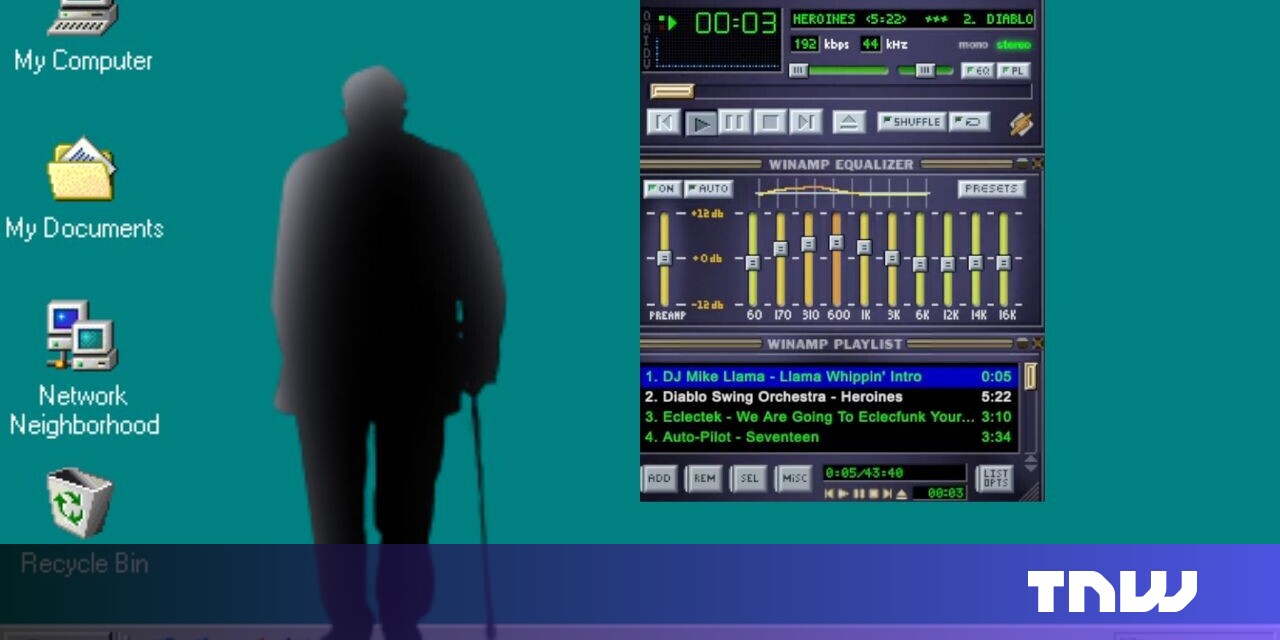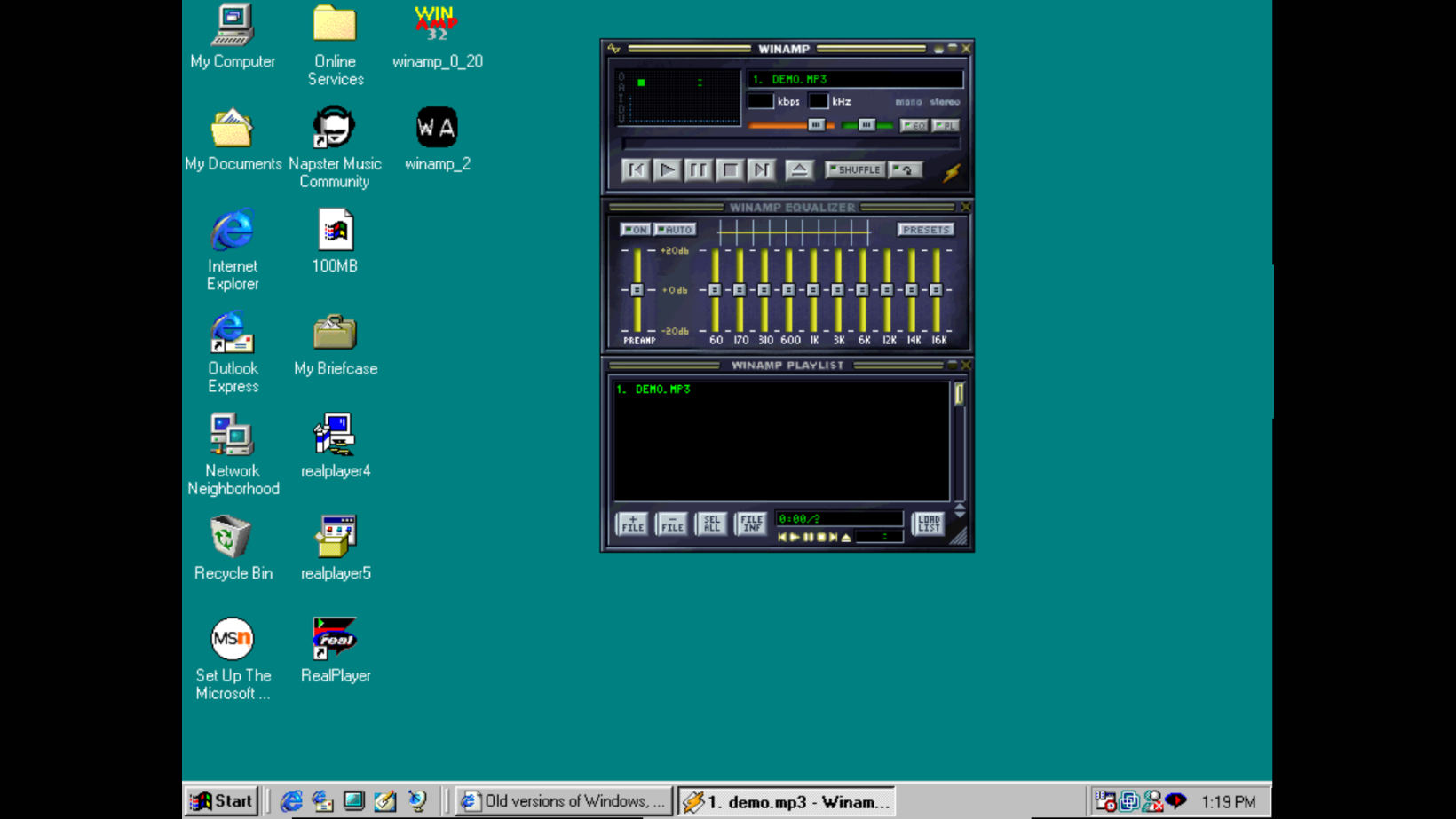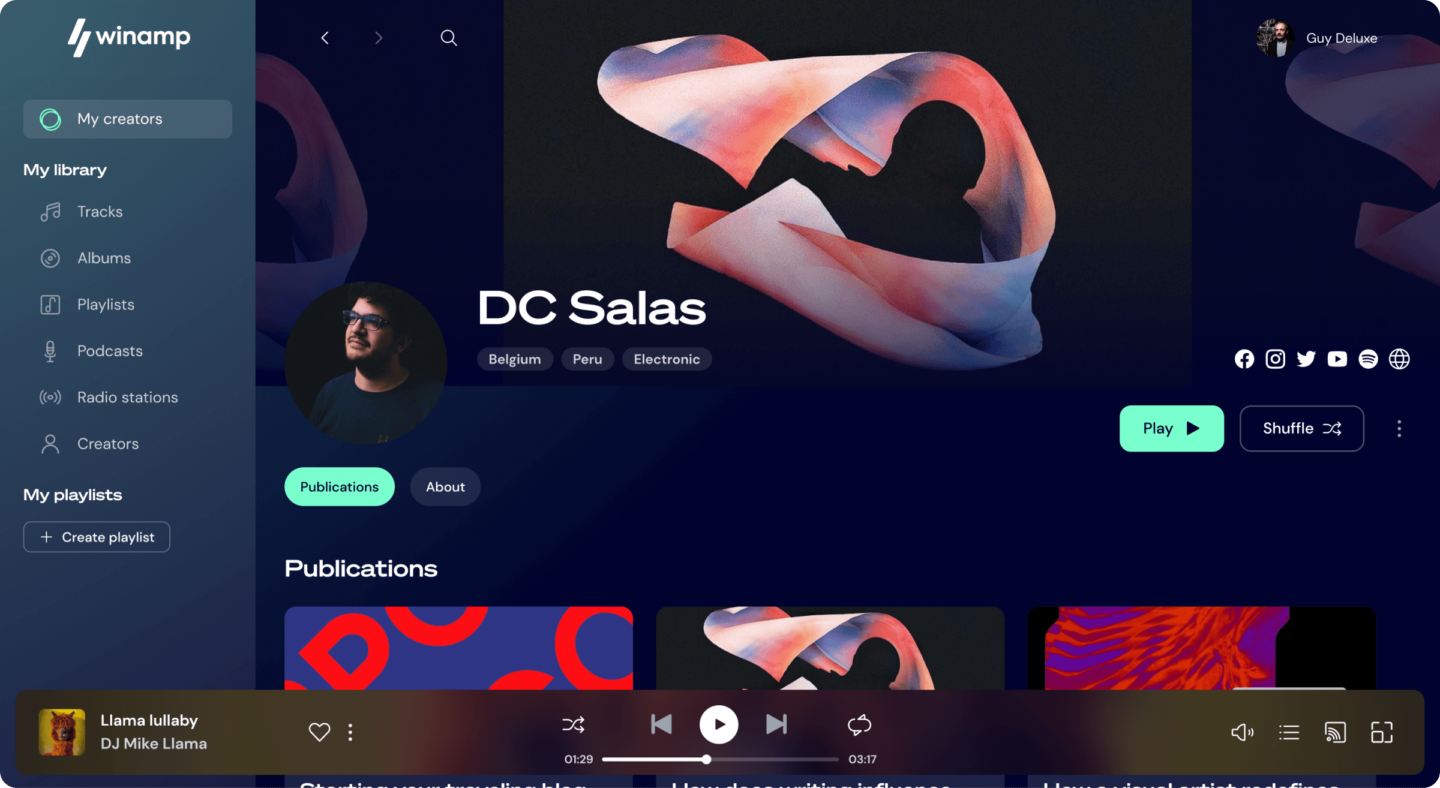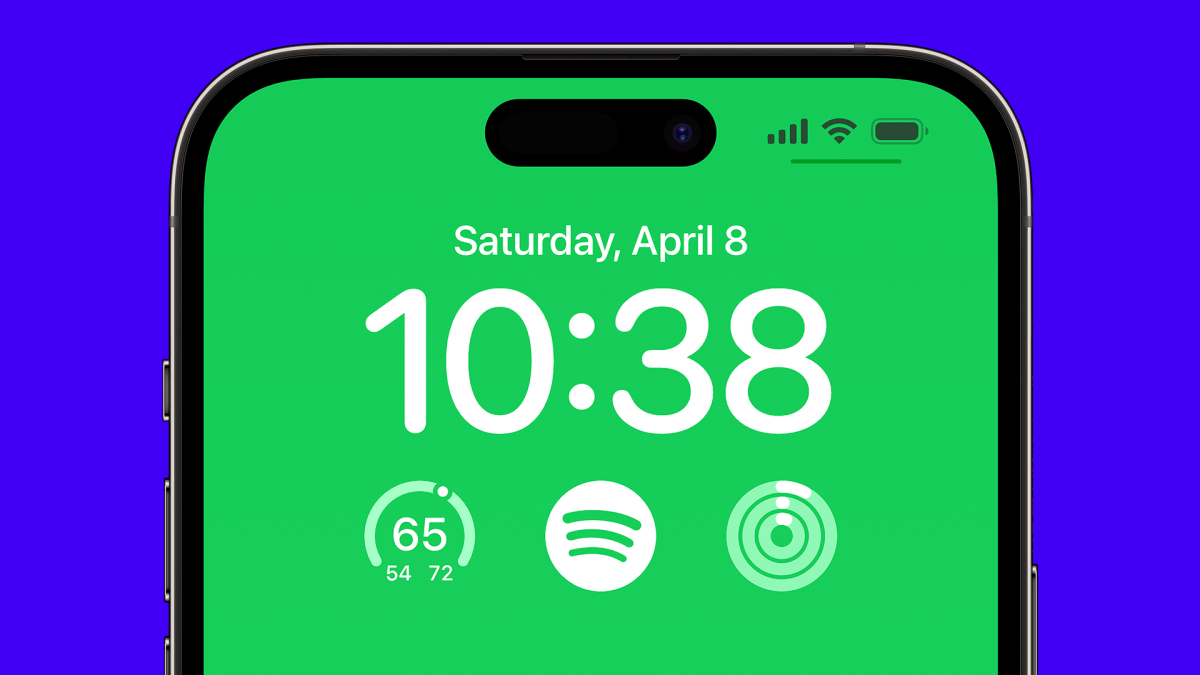
Oh, to be an innocent young techie in the ’90s again. Merrily downloading Metallica albums from Napster, joyriding from bird’s eye views in GTA 1, and praying that 30-second porn clip would buffer before mom got home in four hours. It was a golden era — I mean, that’s what my friend told me.
One thing we both enjoyed, however, was the magical world of Winamp. A skeuomorphic design resembling shelf stereos, gorgeous visualisations that matched audio frequencies, cutting-edge features like the colour-changing volume slider… and the customisations. Oh, the customisations.
Not only were there endless skins to transform the classic look, but also the array of mods built by the community of users. Truly, these were the glory days of the internet. Naturally, they couldn’t last.
As iTunes and streaming services absorbed digital music, Winamp was ushered into the tech graveyard. At least, that’s what I thought.
Don’t call it a comeback
Join us at TNW Conference June 15 & 16 in Amsterdam
Get 20% off your ticket now! Limited time offer.
Winamp’s decline was punctuated by a series of transactions. In 1999, AOL acquired the app’s original developer, Nullsoft, for $80 million. In 2013, AOL announced that Winamp would be shut down in a month — but that never happened. Instead, the music player was snapped up by Radionomy, a Belgian audio platform, as part of a deal for the entire Nullsoft brand.
After a merger and a rebrand, Radionomy evolved into the Llama Group. As Winamp veterans may remember, a llama was the original app’s mascot. The move renewed hopes of a comeback — but, apparently, the app never really went away.

According to Lllama Group, Winamp still has 83 million users worldwide. I presume they all live in a remote tribal community, which abandoned the outside world to survive the millennium bug. (Lads, if you’re reading this, please send me your location.)
Despite the enduring popularity, Lllama Group has a bigger target: 250 million users. How will it get them? By launching a new player, of course.
Ok, you can call it a comeback
A revamped Winamp arrives today — and it’s a major departure from the iconic version. In the vision of Llama Group, the overhaul empowers both artists and listeners.
For creators, that means there’s a new “Fanzone” for selling exclusive content and experiences. Llama aims to attract 1 million artists to the feature.
Listeners, meanwhile, get a new mobile-responsive web player, with mobile apps based on the classic version due later this year. As well as music, the new platform offers podcasts, radio stations, and — coming soon — the ability to play local files and connect to streaming services.
“Our aim is to empower creators to make more money.
Alexandre Saboundjian, CEO of Llama Group, said Winamp’s “challenger spirit” was needed more than ever in the streaming era.
“With the new Winamp player, our aim is to empower creators to make more money, at a time when they really need it,” Saboundjian said in a statement. “Winamp’s mission is to change the mindset of artists — from one where they feel like victims of poor revenues from the DSPs, to one of empowerment about what they can achieve by themselves.”
That all sounds lovely, but it hasn’t revived my memories of Winamp’s vintage years. The look is more reminiscent of Spotify, while the web-based app is far removed from Winamp’s desktop player. Plans to integrate NFTs have further alarmed fans of the original.

The new app may offer some market differentiation, but my dewey-eyes are disappointed. Sadly, it seems my wistful childhood memories have been depraved again. I guess nostalgia isn’t what it used to be.






